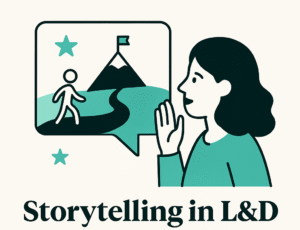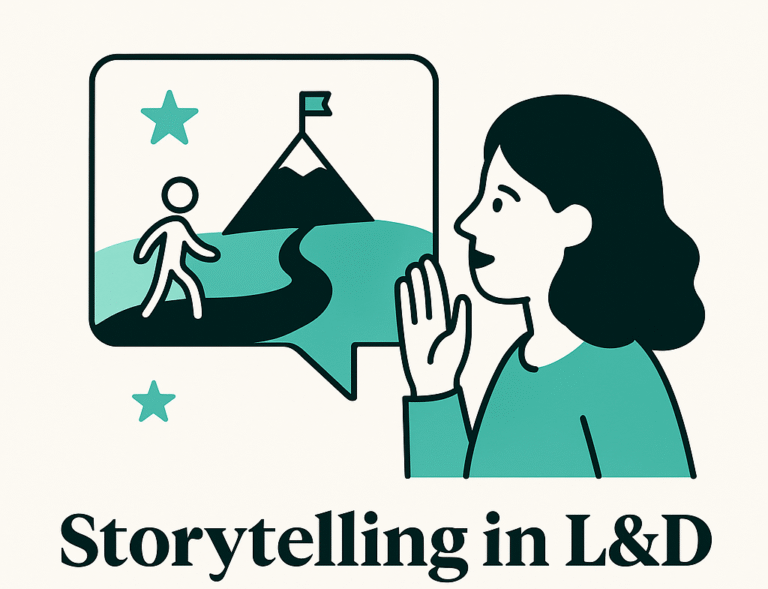LMS gamification tends to prompt one of two responses. Half of those responses will be along the lines of “I like playing games, so this sounds fun!”, while the other half will be “Ugh, gamification… what a gimmick.”
As with all approaches to learning, the impact gamification will have depends in part on how it’s implemented. Saying “I want to gamify my learning program” and shoehorning it in wherever possible is the wrong approach, and more often than not this turns the “game” into an unnecessary distraction. Taking a considered approach before commissioning any expensive gamification projects is, of course, the best way to go – and when it’s done right, it can be highly successful and impactful.
In this post, we’ve put together the seven key questions you should ask yourself before taking the plunge into gamification.

1. Why are you setting the challenge?
Workplace learning is generally centered around overcoming a challenge, whether that’s mastering a new skill, becoming an expert on a new product line, understanding the laws in your market or something totally different. Not all activities or courses lend themselves to gamification, so consider why workplace gamification suits your challenge. Are you encouraging learners to compete for the best results? Are you trying to encourage sharing, communication or collaboration? Do you want to drive engagement? Or are you simply trying to make a complex subject more fun?
2. What is the challenge?
It’s important to consider what your challenge will look like, as different types of challenge will suit different scenarios. You should also think about how learners will “complete” the challenge, whether that means competing for the highest score or passing a preset list of objectives. Are users collecting a score, rating, badge or something else? Will there be multiple levels of rewards?
3. How are you going to check who completes the challenge?
Gamification can add a whole extra level of manual intervention from managers or LMS administrators. You will need to identify whether your LMS supports automated tracking of your proposed challenge (or, if you have an open learning management system, whether or not you want to create a custom tracking solution), or if you will need to create a manual process. If you will be manually tracking challenge completions, is this scalable?
4. When are you setting the challenge?
Context is key when you’re implementing gamification. It needs to make sense within the course, activity or topic, and ideally the gamified elements should enhance the narrative and journey throughout your course. For instance, it may make sense to introduce gamification to a particularly dense section of your course to help make it more memorable and easier to understand, whereas if you introduce gamification right in the middle of a complex topic, it can distract the learner and take the focus away from the content.
5. Where are you setting challenges?
On a related note, you should also consider the distribution of your gamified elements. Is gamification distributed evenly throughout the course, or is it all clustered at the start and never reappears? Equally, do you leave it all until the end when it may be too little, too late? It’s also important not to “overgamify,” as setting too many challenges can diminish the novelty value, and therefore the impact, of the gamification in your program.
6. Who are you setting the challenges for?
Different types of learners will be motivated by different challenges, so be sure to create a variety of gamification elements. Bear in mind that you might be creating content for highly competitive learners, those who like to explore a course on their own terms, those who like competing with themselves to complete and discover as much as possible and individuals who enjoy collaborating with and helping others.
7. Is this a good idea?
Perhaps the most important question on your list should be: is this a good idea? Many people believe that gamification will be the “magic wand” that suddenly doubles engagement and gets people excited about learning – but think long and hard before you take the plunge. Is it appropriate for the course content? Is it appropriate for your audience? Tone and context are also vital considerations – for instance, is it appropriate to gamify content around workplace harassment or spotting cultural insensitivity?
Gamification will be just one part of your overall learning strategy, so ensuring it’s well placed, thought-through and genuinely adding value are the keys to making gamification work for you.






